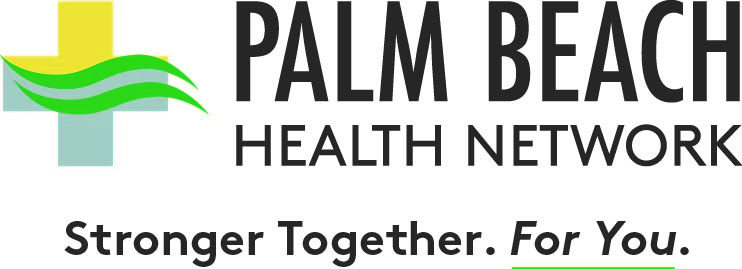Healthy Living
Elbow Pain: Common Causes and Treatments
Many people experience elbow pain at some point in their lives. Although the elbow is a complex joint designed to withstand exertion and everyday use, elbow pain can keep you from performing daily activities that require using your arms, like getting dressed.
Bones, muscles, ligaments and tendons make up the elbow joint. Various conditions can cause elbow pain. Tendinitis, the inflammation of one or both elbows' two tendons, is the most common cause of elbow pain. Pain from tendinitis travels from the elbow to the upper arm or to the lower arm, which often results from overuse or repetitive movements.
Common activities such as gardening, playing baseball, using a screwdriver or overusing your wrist and arm are other causes of tendinitis. The other causes of elbow pain are:
- Tennis elbow (Lateral Epicondylitis) - a painful condition caused by overuse, repetitive movements or, in some cases, micro-tearing of the tendons. Playing sports like tennis or other racquet sports can cause elbow tendinitis.
- Bursitis - the swelling or inflammation of the bursa, a fluid-filled sac that serves as a cushion between muscles, tendons and bones. Bursitis is often a result of overuse and excess weight. Other causes include trauma, rheumatoid arthritis, gout or infection.
- Arthritis - the inflammation or degeneration of one or more joints, particularly the cartilage. The cartilage allows joints to move smoothly and absorbs pressure on joints while moving, such as walking. There are over 100 different types of arthritis. Osteoarthritis is the most common type of arthritis.
- Spains and strains - are common injuries affecting the muscles and ligaments characterized by pain, stiffness, difficulty moving and swelling.
- Frozen shoulder - pain and stiffness in the shoulder that can last for months, sometimes even years. Treatment includes exercises and pain medications.
How Do You Get Rid of Pain in Your Elbow?
If the following treatments fail to provide elbow pain relief, contact your doctor immediately:
- Rest. Avoid repetitive wrist flexing or extending your elbow if you have overused your muscles in your elbow or forearm area.
- Heat therapy. Heat can encourage healing by bringing blood flow and nutrients to the elbow. Protect your skin with a thin cloth before placing a heating pad or hot pack on the affected side.
- Stretching. Straightening out the muscles in your elbow can provide some relief. With the palm of your hand facing the floor, gently pull your fingers toward the underside of your wrist, then hold it for 30 seconds. Flip your forearm over, and with your palm facing the ceiling, push your fingers toward the floor, then hold for 30 seconds.
- Bracing. Constantly wearing a brace can help keep the muscles in your elbow still, allowing them time to heal. Choose a brace that immobilizes the muscles that you think are behind your elbow pain, such as a wrist or forearm brace.
How Do I Know If My Elbow Pain Is Serious?
Elbow pain is not usually a sign of a severe condition. However, call your healthcare provider if:- You have a prolonged case of tendinitis that doesn't improve with home care
- The pain is due to a direct elbow injury
- There is obvious deformity
- You can't use or move the elbow
- You have fever or swelling and redness of your elbow
- Your elbow is locked and can't straighten or bend
- A child has elbow pain
Sources:
American Academy of Orthopaedic Surgeons
American Family Physician
Harvard Health Publishing
MedlinePlus
National Health Service
